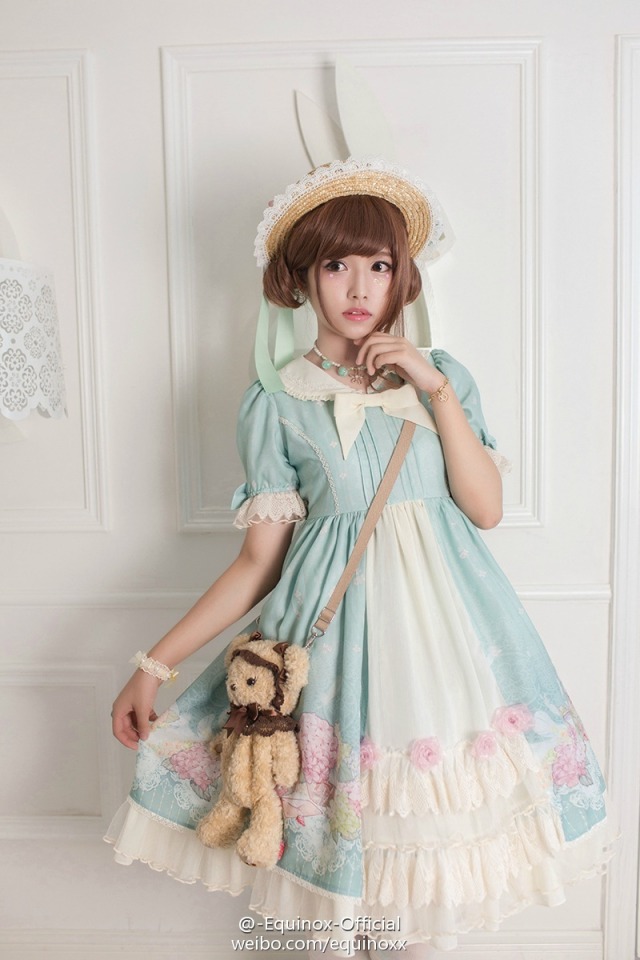
Because of its origins, the major music inspirations during the early emergence of the goth subculture were similarly English bands. Influential goth models include Wednesday Mourning and Lady Amaranth.ĭuring the emergence of the goth subculture in 1980's London, many genres of music played a large role in establishing the fashion trends - fashion spelled out the music an individual would listen to. Style magazines such as Gothic Beauty have given repeat features to a select few gothic fashion designers who began their labels in the 1990s, such as Kambriel, Rose Mortem, and Tyler Ondine of Heavy Red. The 1980s established designers such as Drew Bernstein of Lip Service, while the 1990s saw a surge of US-based gothic fashion designers, many of whom continue to evolve the style through the current day. About half the girls at Leeds had used Sioux as a basis for their appearance, hair to ankle." Robert Smith, Musidora, Bela Lugosi, Bettie Page, Vampira, Morticia Addams, Nico, Rozz Williams, David Bowie, Lux Interior, Dave Vanian, are also style icons. Siouxsie Sioux was particularly influential on the dress style of the Gothic rock scene Paul Morley of NME described Siouxsie and the Banshees' 1980 gig at Futurama: " modeling her newest outfit, the one that will influence how all the girls dress over the next few months. One female role model is Theda Bara, the 1910s femme fatale known for her dark eyeshadow.

Kilpatrick contributor "Daoine O'" denigrates poseur goths as 'Batbabies' whose clothing is bought at Hot Topic with their parents' money".

Nancy Kilpatrick's Goth Bible: A Compendium for the Darkly Inclined defines " poseur" for the goth scene as follows: "goth wannabes, usually young kids going through a goth phase who do not hold to goth sensibilities but want to be part of the goth crowd (.)". Ted Polhemus described goth fashion as a "profusion of black velvets, lace, fishnets and leather tinged with scarlet or purple, accessorized with tightly laced corsets, gloves, precarious stilettos and silver jewelry depicting religious or occult themes". Goth fashion can be recognized by its stark black clothing.

Goth subculture is stereotyped as eerie, mysterious, and complex, and the fashion is used as an outlet to express these characteristics.


 0 kommentar(er)
0 kommentar(er)
